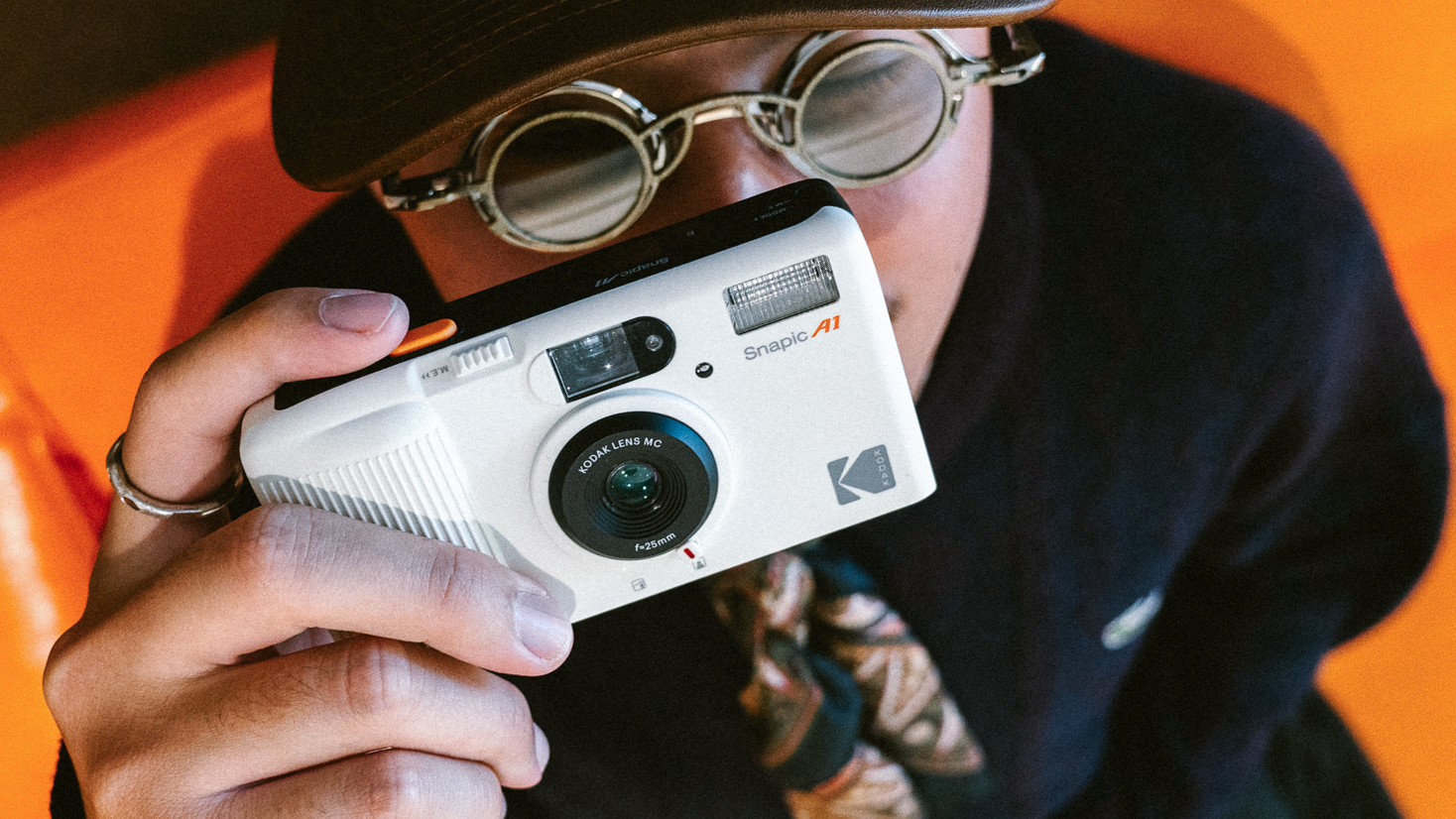Shallow depth of field has killed cinematography – movies all look like they were shot on iPhone's Portrait Mode
Shooting wide open and capturing blurry backgrounds isn’t always the answer, but it’s the answer many blockbusters and straight-to-streaming flicks are opting for nowadays

“There’s a lack of immersion in modern movies because of all this lack of focus,” says Anthony Deveney during a snippet on Instagram from the Raiders Of The Lost Podcast. And I couldn’t agree more. At the beginning of the year, I watched a fantastic deep dive that begged the question: Has color grading in modern movies gone too far? And I think it’s high time that filmmakers’ fascination with super-shallow depths of field was put under the microscope, too.
During the Reel, Deveney says, “There’s a lack of immersion in modern movies because of all this lack of focus,” citing Lawrence of Arabia, The Matrix, and The Lord of the Rings Trilogy as examples that favor larger depths of field, so audiences can see more detail within the scene. And in this world of artificially blurred backgrounds, I can't help but feel like a super-sharp subject surrounded by perfectly smooth blur looks a little like iPhone's Portrait Mode (or rather Cinematic Mode).
A post shared by Raiders Of The Lost Podcast (@raidersofthelostpodcast)
A photo posted by on
That’s not to say that shallow depths of field are inherently bad. Older movies certainly made use of them, but more intentionally for a wealth of purposes, such as to connote a dreamlike state, isolate subjects, focus the audience’s attention, and build tension.
And some productions use a lot of shallow depths of field to great effect. Recently concluded TV series You springs to mind, with its heavy use of anamorphic lenses and soft backgrounds. But it’s there for a reason. It’s used within the romantic thriller to connote themes of idealization, infatuation, and indeed obsession, while creating a claustrophobic effect that traps the viewer within the protagonist’s physiologically restrictive world. And I love it all the more for it!
But when big action blockbusters and straight-to-streaming flicks do the same thing for none of the same reasons, the results are forced and hollow. I have wondered if the film industry’s overeliance on green screens and huge LED backgrounds in place of physical set dressing is part of the reason. Soft backgrounds simply do not require the same attention to detail. And of course, shallow depths of field are simply trendy at the moment.
Beyond Deveney’s aforementioned point regarding immersion, I find myself – a serial rewatcher – sitting through newer movies for second and third viewings far less. And much of this is because soft backgrounds provide far less interest, far less to delve into during repeat viewings.
So, in conclusion, shallow depths of field are a movie-making staple when they’re intentional, but risk leaving a hollow taste when overused. And of course, this can be applied to photography, too. If you always shoot wide open, just because, maybe it’s time to start actively thinking about the depth in your compositions. I love fast lenses as much as the next person, but shallow depths of field shouldn’t be your go-to every time just because you have the option.
The best camera deals, reviews, product advice, and unmissable photography news, direct to your inbox!
You might also like...
It's not all doom and gloom, though. Nosferatu has the best cinematography I’ve seen in a long time – here’s why it’s a film every photographer should watch. Check out the best cinema cameras and the best video tripod.
Even the latest action camera has an adjustable depth of field – check our review.

Mike studied photography at college, honing his Adobe Photoshop skills and learning to work in the studio and darkroom. After a few years writing for various publications, he headed to the ‘Big Smoke’ to work on Wex Photo Video’s award-winning content team, before transitioning back to print as Technique Editor (later Deputy Editor) on N-Photo: The Nikon Magazine.
With bylines in Digital Camera, PhotoPlus: The Canon Magazine, Practical Photography, Digital Photographer, iMore, and TechRadar, he’s a fountain of photography and consumer tech knowledge, making him a top tutor for techniques on cameras, lenses, tripods, filters, and more. His expertise extends to everything from portraits and landscapes to abstracts and architecture to wildlife and, yes, fast things going around race tracks...
You must confirm your public display name before commenting
Please logout and then login again, you will then be prompted to enter your display name.

